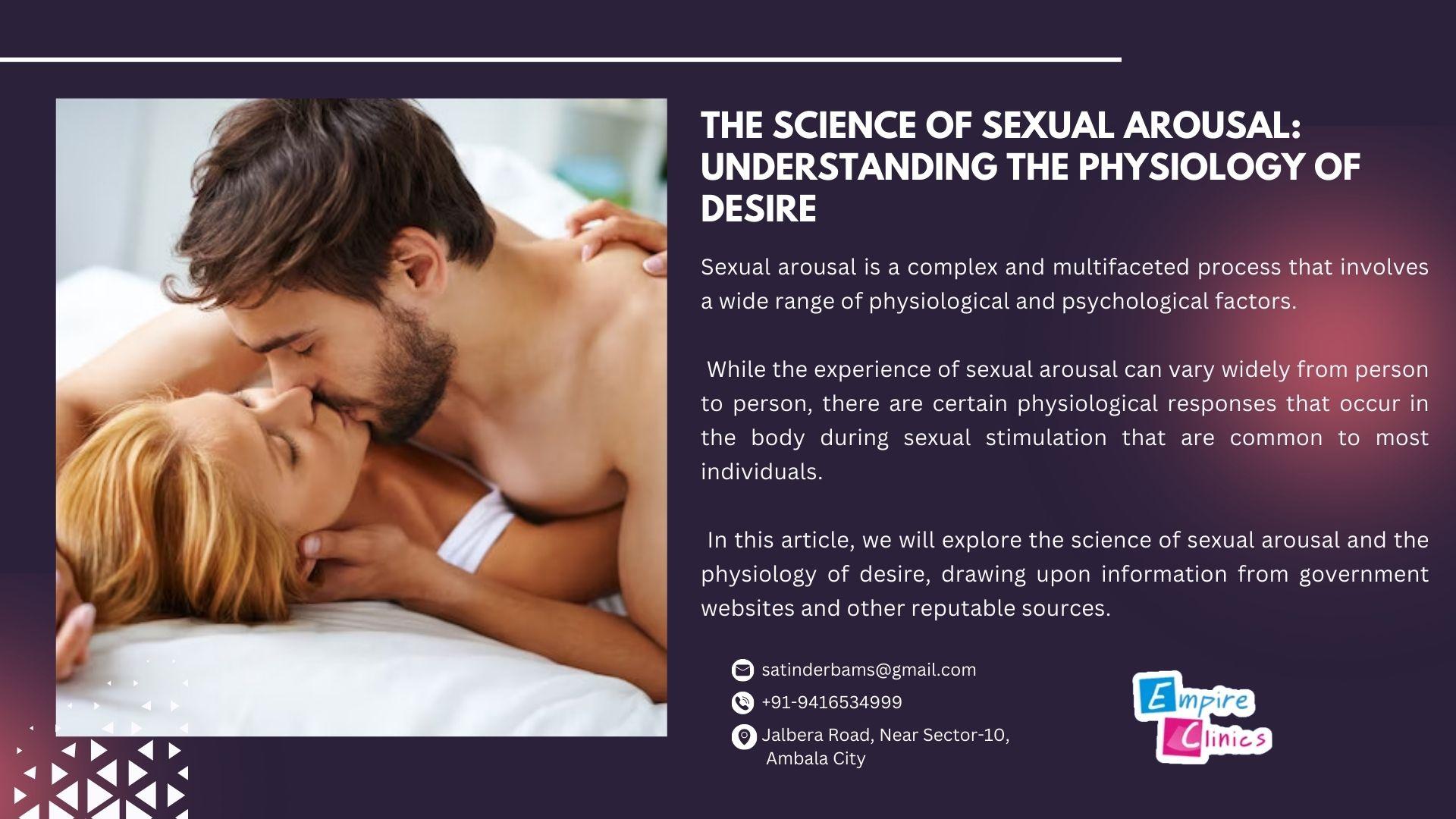Sexual arousal is a complex and multifaceted process that involves a wide range of physiological and psychological factors. While the experience of sexual stimulation can vary widely from person to person, there are certain physiological responses that occur in the body during sexual stimulation that are common to most individuals. In this article, we will explore the science of sexual arousal and the physiology of desire, drawing upon information from government websites and other reputable sources.
Sexual stimulation begins in the brain, where it is triggered by a variety of stimuli, such as sight, touch, and smell. When we experience sexual stimulation, the brain sends signals to the nervous system, which in turn stimulates the release of hormones and other chemicals in the body. One of the most important of these chemicals is nitric oxide, which is released by nerve endings in the genitals and causes the blood vessels in the area to relax and expand.
As the blood vessels in the genitals expand, blood flow to the area increases, causing the penis to become erect in males and the clitoris to become engorged in females. This process is known as vasocongestion, and it is an essential component of sexual stimulation. When the genitals become engorged with blood, they become more sensitive to touch and other forms of stimulation, which can enhance sexual pleasure and lead to orgasm.
In addition to vasocongestion, sexual stimulation also involves the activation of the sympathetic nervous system, which is responsible for the “fight or flight” response. During sexual stimulation, the sympathetic nervous system releases adrenaline and other hormones that increase heart rate, breathing rate, and blood pressure. These physiological responses help to prepare the body for sexual activity and can enhance feelings of arousal and desire.
Another important component of sexual arousal is the release of hormones such as testosterone, estrogen, and progesterone. These hormones play a crucial role in regulating sexual desire and function, and they can have a significant impact on sexual arousal and satisfaction. For example, low levels of testosterone in men can lead to a decrease in libido and sexual function, while high levels of estrogen in women can lead to a decrease in sexual desire.
While the physiology of sexual arousal is complex and multifaceted, it is important to recognize that sexual arousal is not solely a physiological process. Psychological factors, such as mood, stress, and emotional connection, can also play a significant role in sexual arousal and desire. For example, individuals who are in loving and supportive relationships may experience greater feelings of sexual arousal and satisfaction than those who are not.
It is also important to note that sexual stimulation can be influenced by a wide range of external factors, such as medications, alcohol, and illicit drugs. Certain medications, such as antidepressants and blood pressure medications, can interfere with sexual function and desire, while alcohol and drugs can impair judgment and inhibit sexual performance.
Conclusion
The physiology of sexual arousal is a complex and multifaceted process that involves a wide range of physiological and psychological factors. From vasocongestion and the activation of the sympathetic nervous system to the release of hormones and the influence of external factors, there are many factors that contribute to sexual stimulation and desire. By understanding the science of sexual arousal, individuals can gain a greater appreciation for the complexity of sexual desire and function, and take steps to enhance their own sexual experiences.







